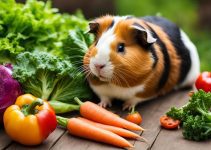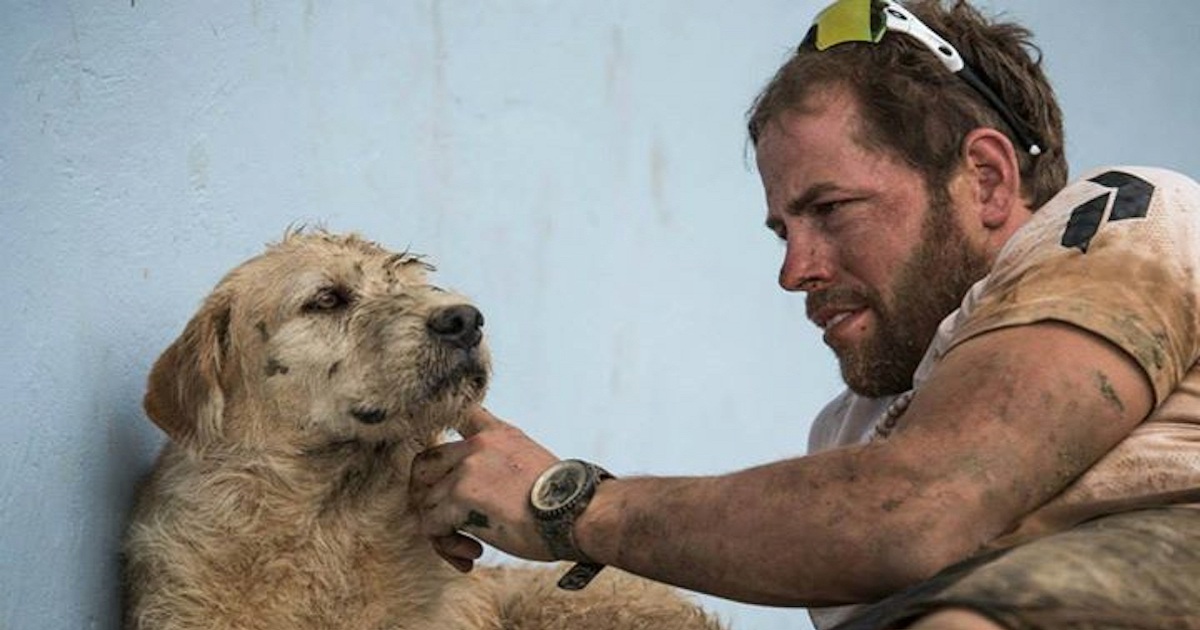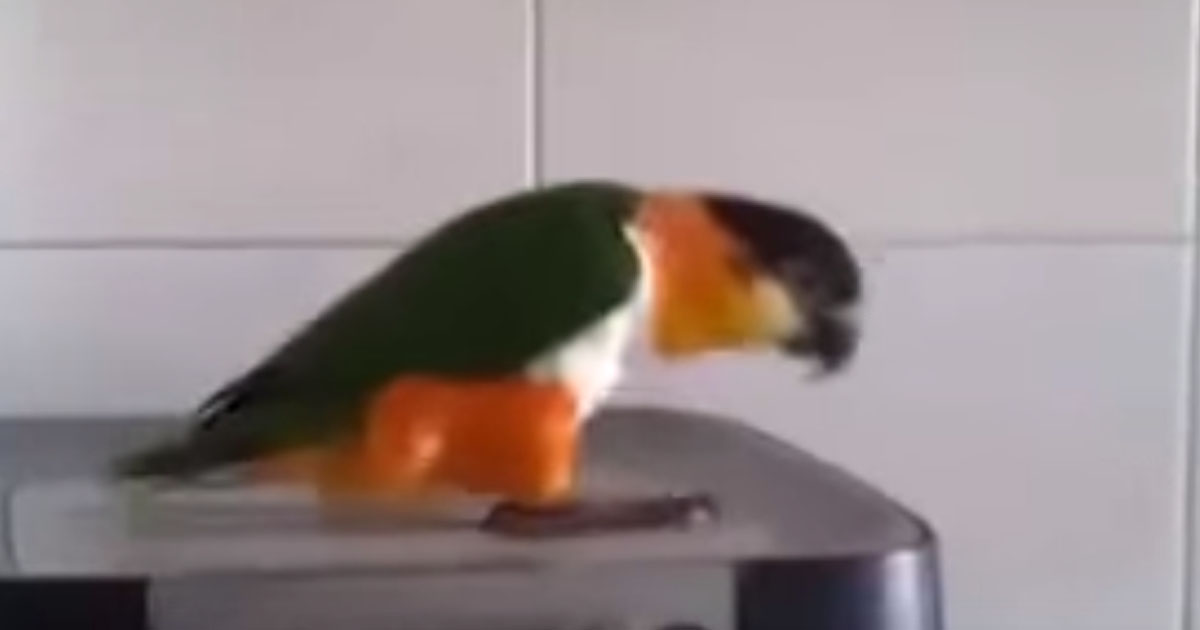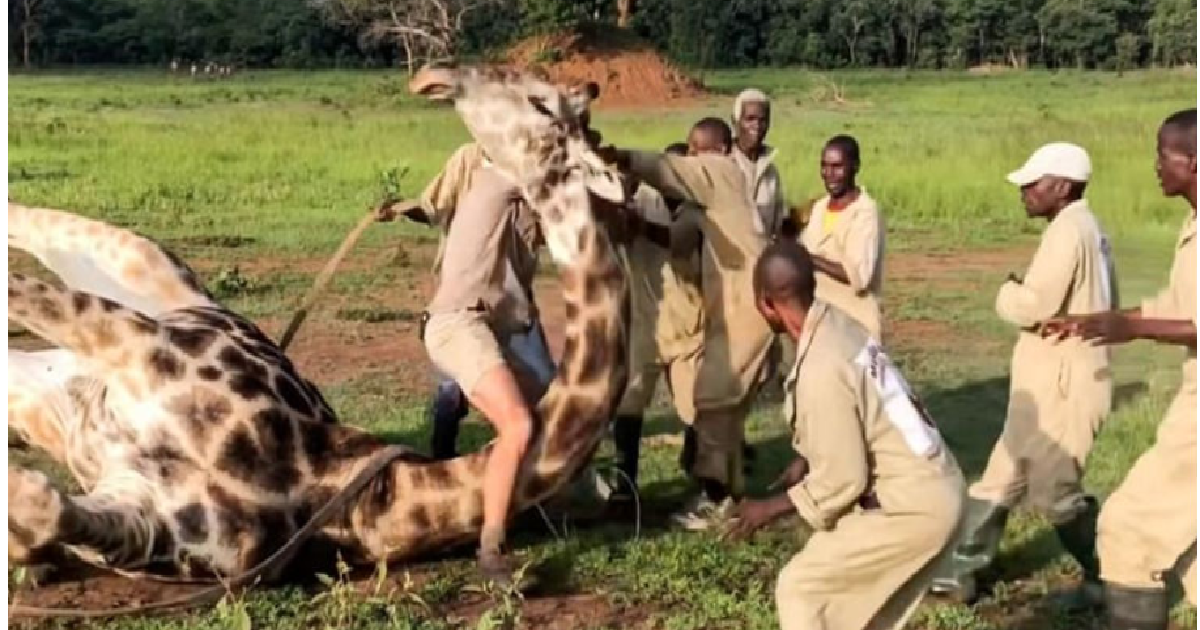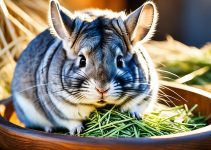Baby tortoises were born on the Galápagos Islands for the first time in over a hundred years. The Galápagos tortoise is native to the Galápagos Islands, an archipelago in the Pacific Ocean, west of Ecuador, and it is the largest tortoise in the world.
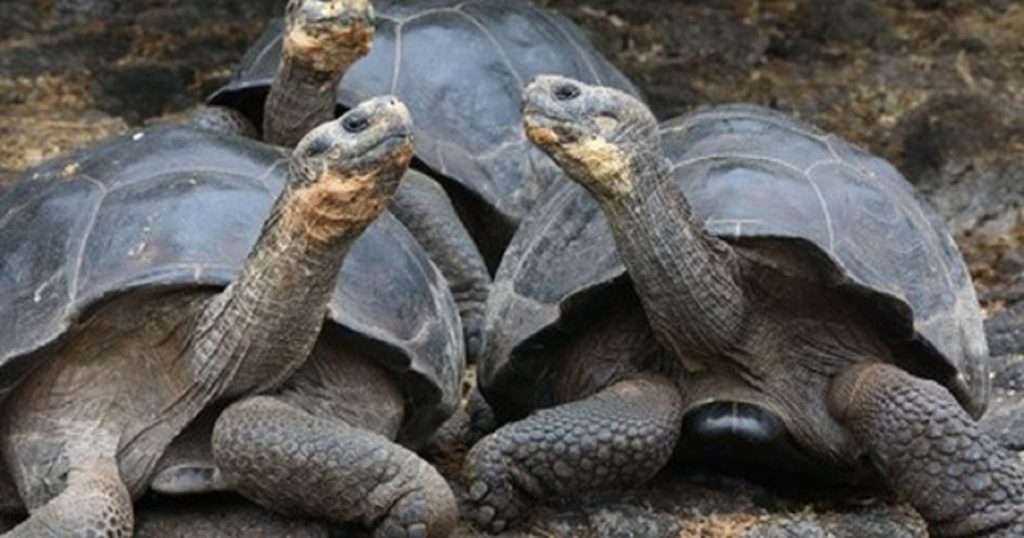
It can grow longer than five feet, weigh up to 550 pounds, and usually lives around 100 years, while the oldest tortoise on record lived 152 years.
These tortoises live a simple life, nap for up to 16 hours daily, and love to bask in the sun. They can go a year without eating or drinking due to slow metabolism, and their diet consists of grass, leaves, and cactus.
Charles Darwin visited the islands in 1831 and discovered 15 types of giant tortoises there. As of 2019, the IUCN Red List shows that two are considered Extinct, six are Critically Endangered, three are Endangered, and three are Vulnerable. The fifteenth species is believed to have gone extinct in the 1800s.
From the 17th to the 19th century, about 100,000 Galápagos tortoises were killed by whalers, merchants, and pirates.
In the last several decades, organizations like the Galápagos Conservancy have been working to safeguard the giant tortoise, by breeding and raising threatened tortoises, conducting resources on tortoises and their habitats, repopulating islands where they have gone extinct, and researching and managing interactions between humans and tortoises.
In the mid-18th century, sailors landed on Pinzón Island on ships which carried rats. These black rats quickly gained a foothold in the fragile ecosystem and started feasting on the eggs and hatchlings of the island’s tortoises.
These rats on Pinzón Island — also known as Duncan island — had pushed the giant tortoises to the brink of extinction. This human-driven rat invasion was so devastating to the tortoise population, that there was not a single offspring survived over the following decades.
In 1986, conservationists started moving tortoise eggs from Pinzón to the Santa Cruz Tortoise Center, where they could hatch and grow without the threat of the black rat.
According to Danny Rueda, head of ecosystems for the national park, giant turtles were not being born naturally because of the black rats eating their eggs, and the same was true of other indigenous species of birds, lizards, and snakes.
In December 2012, using a helicopter, experts distributed rat poison across the 1,789-hectare landmass that makes up the island.
After two years of monitoring the ecosystem following the distribution of poison, in 2014, the island was declared ‘rodent-free’, which was one of the greatest triumphs of the conservation efforts.
In December 2014, for the first time since the last 1800s, baby tortoise hatchlings were noticed on Pinzón. The Galápagos Conservancy found ten of them but believed there were many more.
The tortoises were first seen by researcher James Gibbs in December. He said that he was amazed that the tortoises allowed humans to make up for our mistakes after so long.
During their trip, the team spotted 300 tortoises, and researchers theorize that there are now more than 500 tortoises living on the island.
If you know someone who might like this, please click “Share”!

